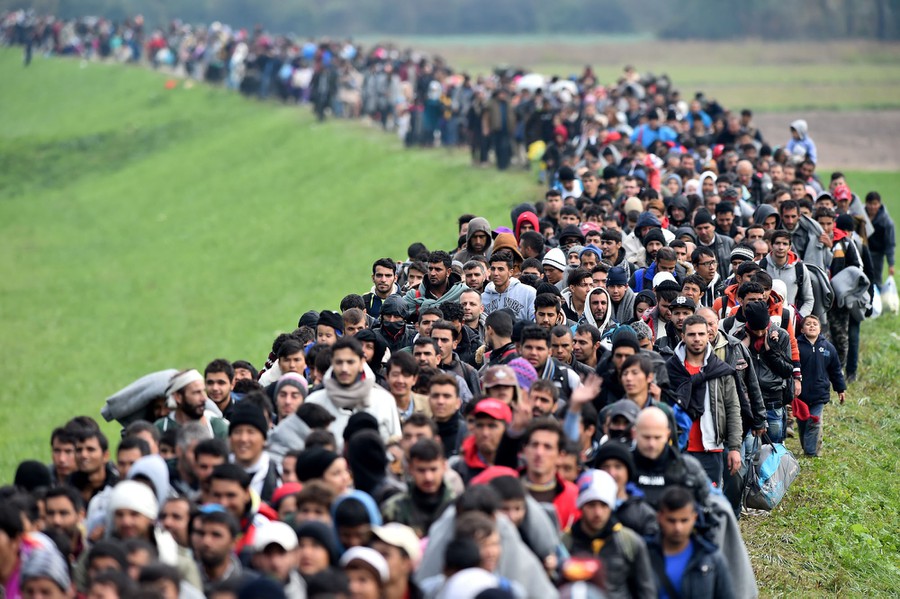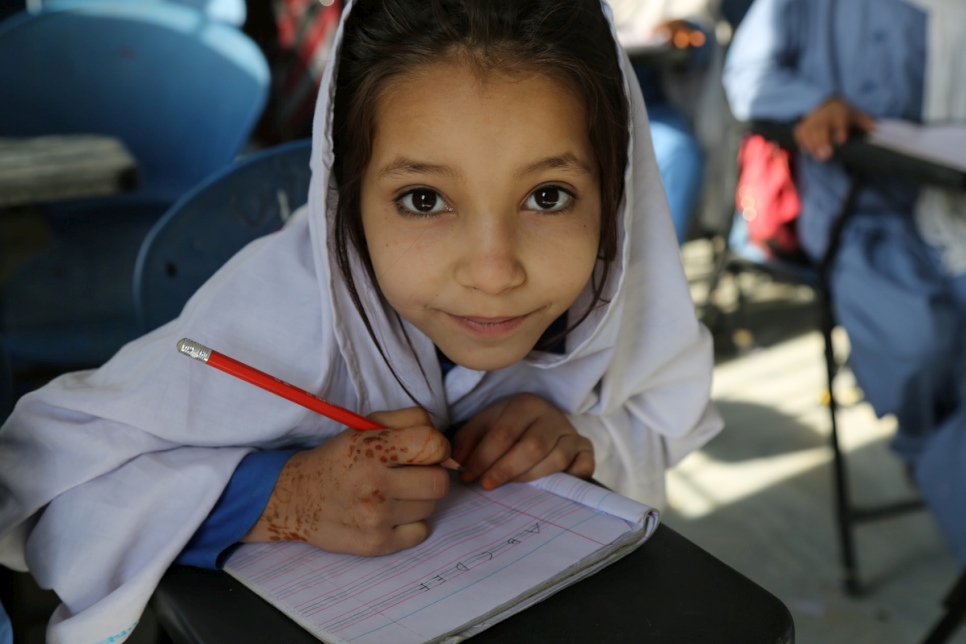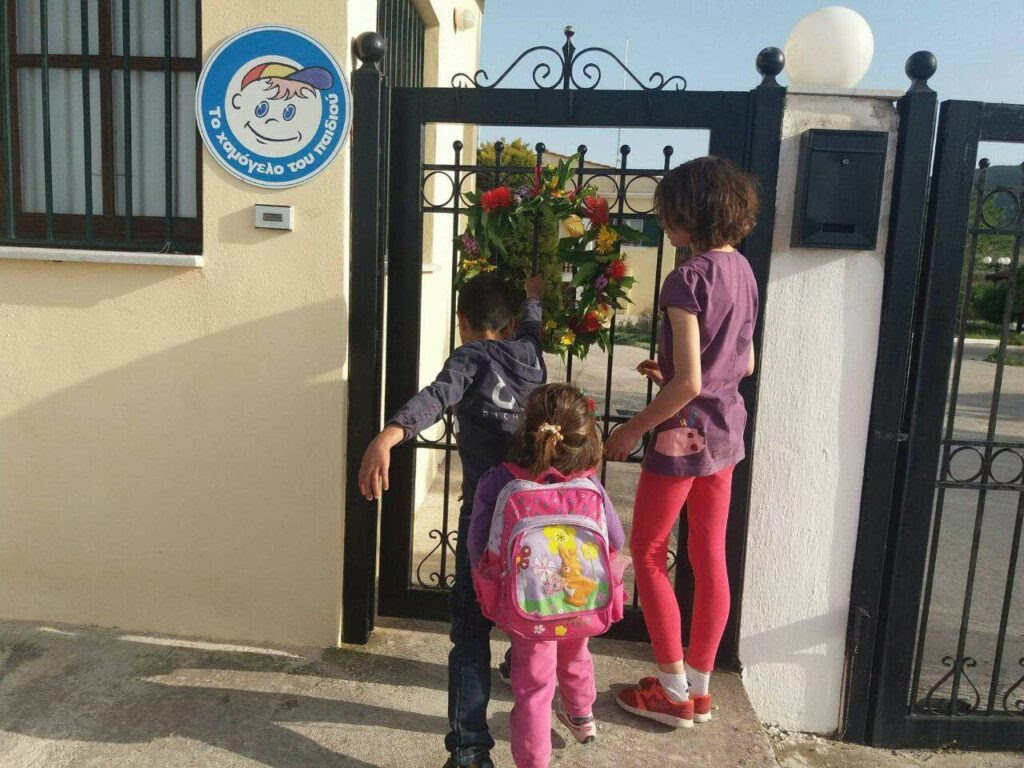How Blockchain Can Help Refugees
How Blockchain Can Help with The Refugee Crisis SOURCE: https://www.forbes.com/sites/rogerhuang/2019/01/27/how-blockchain-can-help-with-the-refugee-crisis/#44ac86e86562 Worldwide, a new surge in refugees is occurring. From the southern border of the United States to the Middle East, the number of displaced keeps on growing. One out of every five refugees estimated to have crossed from Libya to Europe has drowned or disappeared. More than 50 million people are estimated to have been forcibly displaced from their homes. There are more people displaced now than at any other time post-World War 2. How could new technologies and innovations like blockchain and cryptocurrencies help? 1- By helping digitize identity and other essential documents Many of the displaced are stateless and have lax documentation. This is a problem for them in transit and for any future destination countries. The Norwegian Refugee Council noted that 70% of Syrian refugees lacked basic IDs. By creating federated layers of identity, and digitizing records, this problem can be helped. Home countries for refugees often have scattered analog records or haphazard digital ones, lost to calamity or abandoned in flight. While creating the ability for a government to identify everybody within its nation to a minute detail will come with many risks (especially a country in open rebellion), creating federated control structures on the data and forcing technical partnerships for those that steward the data might help balance that power. The blockchain may be a better way than a centralized data store to increase this check and balance. Allowing refugees, the ability to export everything from their credit rating to their health data in an accessible manner can help immigration authorities in safe third countries vet applicants better and will allow for a more easily managed and smooth refugee process when crisis strikes. This doesn’t just extend to personal data on refugees and asylum seekers. The lineup to apply for asylum at the American border for Central American migrants is all done on paper in a de facto centralized fashion by asylum seekers. They line up for sports selectively limited by U.S. Customs and Border Protection. It is admirable that the migrants have self-organized and created an organized system with very few resources. However, a paper ledger can be lost, stolen or worse, manipulated. 2- By dealing with inefficient transactions in countries that are hosting asylum seekers in transit and the economic flow back to home countries Mexico, which hosts many Central American asylum seekers, is a society run on cash. Credit cards are not accepted in small shops, and when they are, exorbitant fees often apply, ranging upwards of 10%. Remittance fees for international transfers range as high as 6% for traditional providers like Western Union, meaning that for every $500 sent, $30 is lost to an intermediary. Blockchain and cryptocurrency technologies that reduce transaction fees for cross-border payments (while being stable to volatility) can be implemented to help. This helps reduce costs for refugees sending remittance payments back, and for people looking to donate money to charities working on the ground. 3- Tracking donations to refugee causes and making sure there is accountability and maximum impact per dollar spent Blockchain can help track where donations are going, and help give donors the transparency needed to make sure they are comfortable donating. Organizations like Give Track are already using bitcoin to help facilitate donations. Built by Bit Give, the first 501(c)(3) nonprofit for bitcoin donations, Give Track aims to use blockchain to make the end uses of their donations more transparent to donors. This ensures that donations are transparent, verifiable, and making the most impact possible. 4- Empowering technologists to see what is happening on the ground for themselves The blockchain and cryptocurrency community started with the vision of a world where borders mattered less. It is a global community that interacts with one another, that hosts conferences around the world, and which hosts companies that collaborate seamlessly with one another across different borders. About half of all cryptocurrency companies on startup portal AngelList are open to remote roles, compared to 30% of all other startups. Technologists that transact in cryptocurrencies and those that create blockchain/cryptocurrency companies are in the unique position of venturing outside tech strongholds. They are able to distribute technical expertise and thinking to an array of problems that must be encountered on-the-ground. They can see for themselves firsthand what refugees are going through. 5- Making integration more efficient The immigration system can be made more efficient by blockchain. Digital cash can help new refugees adjust rapidly to their new home and have the economic security to integrate. Blockchain can be used to track courses new immigrants take, and resources they need. Finland, for example, gives refugees pre-authorized digital cards that are linked to the blockchain, integrating financial resources and identification together. — There is no silver bullet to a complex, multifaceted problem like the refugee crisis. New innovation will not change old mindsets or politics by themselves, and neither can technologists understand long-standing human problems by isolating themselves. It will require significant private-public partnerships and sociocultural change to address the core issues that are propelling the refugee crisis. Yet, there are some tangible areas where blockchain and cryptocurrencies can help make a difference.
How Blockchain Can Help Refugees Read More »





